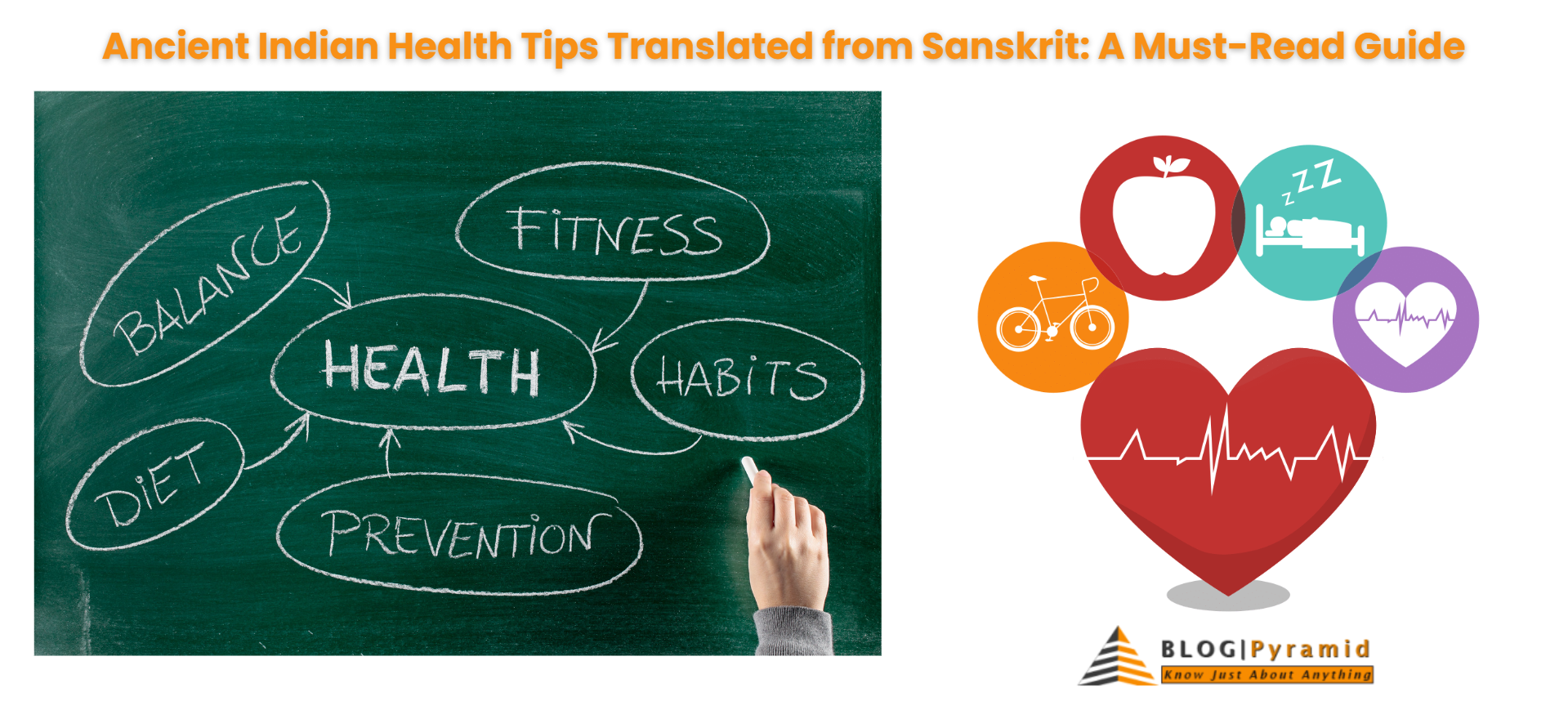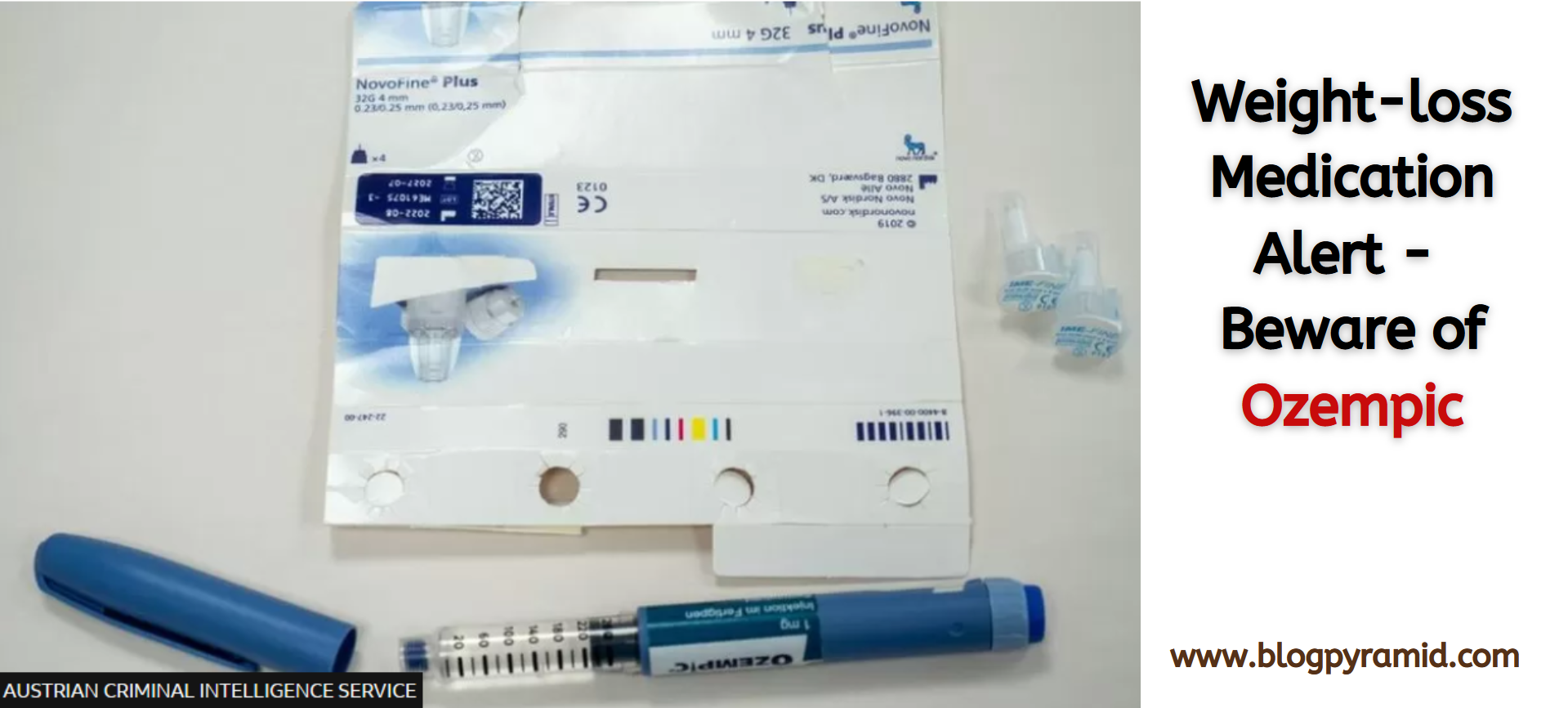
Here are a few typical foot pain causes and hazards, all of which can be prevented and treated.
Athlete’s foot. You don’t need to be an athlete to develop this fungal infection. The fungus thrives in warm, dark, moist areas, which makes the foot an inviting target. If you notice redness, blisters, peeling, and itching (especially between the toes), quickly blast the fungus with an athlete’s foot powder or spray. You can prevent athlete’s foot by keeping your feet clean and dry and, whenever possible, going barefoot or wearing open-toe sandals. Just keep in mind that going barefoot can be risky and might give rise to foot swelling pain .
Dry skin. You can reduce the burning and itching of dry skin with moisturizers, preferably the kind with petroleum jelly or lanolin. This is considered the best foot care treatment since ages.
Corns and calluses. Wearing properly fitting shoes is the best way to prevent these painful sores. If they do arise, you can pare them down by gently rubbing them with a pumice stone or callus file. You can protect them from further irritation with nonmedicated pads or moleskin. If you have one of these conditions, call a podiatrist at the first sign of a corn or callus.
Heel spurs. If you put too much pressure on your feet — by being overweight, standing too long, or wearing shoes that don’t give proper support — calcium deposits can form on your heel and cause considerable foot pain in the heel. You can give your feet a break with heel pads, heel cups, or other forms of support. If a bone spur continues to cause you pain, see a foot doctor.
Hammertoes. When a toe doesn’t have room to move, the knuckle can swell and draw the toe back. Hammertoes are especially troublesome for seniors because they can affect balance and increase the risk of falls. The remedy is simple: Wear shoes and socks that give your toes ample space to avoid this terrible foot toe pain.
Ingrown toenails. This painful nuisance occurs when a sharp piece of nail pierces the skin. Instead of trying to pull the nail off, carefully trim it straight across, even with the top of the toe. Regular trimming will also help prevent future problems. If you have an ingrown toenail that looks red and infected, you should see a foot doctor, particularly if you’re diabetic.








